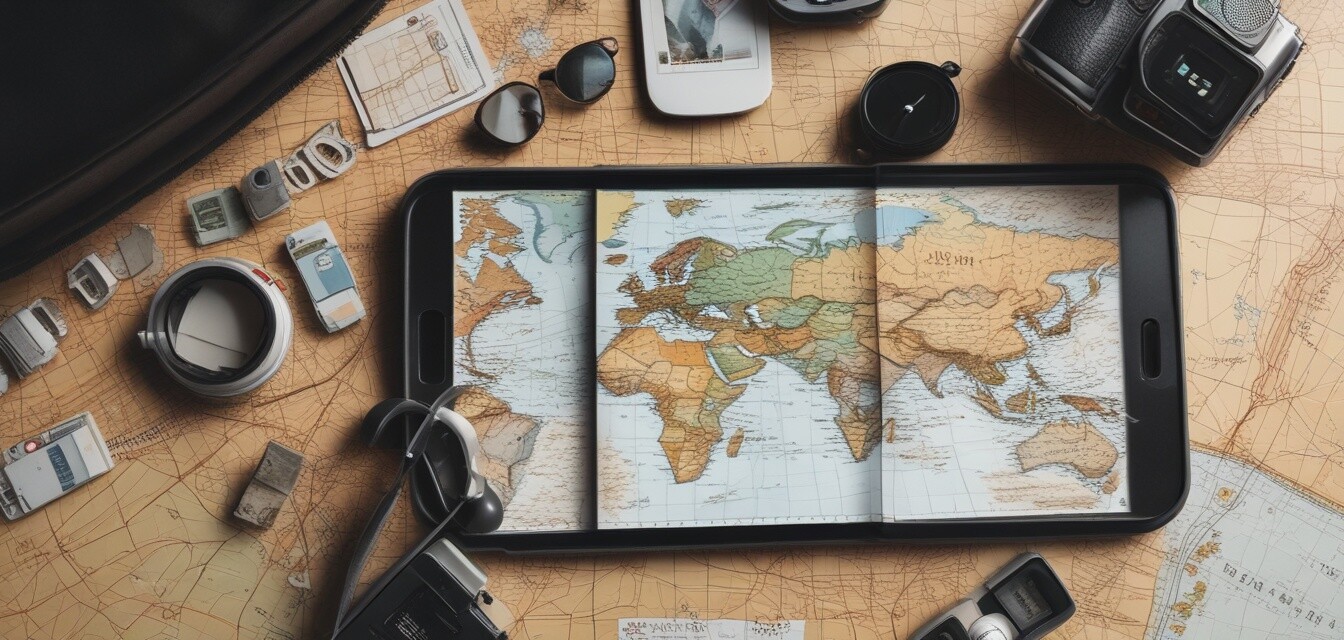
How to Use Your SIM Card in Different Time Zones
Key Takeaways
- Understand how time zones can affect your mobile connectivity.
- Keep your SIM card organized to make switching easier.
- Learn to manage data usage and costs while traveling.
- Know how to troubleshoot common issues with SIM cards abroad.
- Determine the best SIM card options for your travel destinations.
Traveling internationally can be an exhilarating experience, but managing your SIM card can become a hassle, especially across different time zones. With some useful tips and tricks, you can smoothly navigate your mobile connectivity and keep your devices functional while you explore new destinations.
Understanding Different Time Zones and Mobile Connectivity
Each country, if not region, has its own time zone, which can impact your mobile usage. Here’s what you need to consider:
- Network availability: Some networks may not operate in certain areas depending on the local time and regulations.
- Data plans: Your service provider’s data plan could vary in cost depending on where you are, particularly during roaming hours.
- Alert settings: Be wary of notifications sent at inconvenient hours when you're traveling through different time zones.
Keeping Your SIM Card Organized
Organizing your SIM card is crucial to have seamless access to your mobile data. Here are several practical tips:
Tips for organizing your SIM card
- Use a SIM card case to keep your cards safe and accessible.
- Label your SIM cards according to the country or plan they belong to.
- Keep a backup of your important contacts in cloud services to avoid issues when switching cards.
Managing Data Usage Across Time Zones
Excessive data usage can lead to hefty bills when traveling. Here are some methods to manage your data effectively:
- Monitor your data usage: Most smartphones have built-in data tracking tools that help you keep an eye on your usage.
- Disable automatic updates: Adjust settings to prevent apps from updating while on mobile data.
- Use Wi-Fi whenever possible: Connect to free Wi-Fi in hotels, cafes, or public spaces to save on data usage.
Troubleshooting Common SIM Card Issues
Finding yourself without connectivity can be frustrating. Here’s how to troubleshoot common SIM card issues while traveling:
- No signal: Reset your phone or turn airplane mode on and off to regain signal.
- Incorrect network selection: Ensure that your phone is set to select networks automatically.
- SIM not recognized: Remove and reinsert the SIM card. Ensure it’s compatible with your device.
Best SIM Card Options for International Travel
Choosing the appropriate SIM card can drastically improve your travel experience. Here are some options to consider:
| SIM Card Type | Advantages | Disadvantages |
|---|---|---|
| Local SIM Cards | Cheaper plans, better local rates. | Limited to one country. |
| International SIM Cards | Works in multiple countries, convenient options. | More expensive than local options. |
| Roaming Plans | Allows you to retain your original number. | High costs can quickly add up. |
Conclusion
By being aware of the implications of different time zones on your SIM card functionality and following our tips on organization and management, you’ll enjoy a hassle-free experience without connectivity issues during your travels. Don't forget to explore our other articles in the Connectivity Tips category for more insights on maintaining your mobile connectivity internationally.
Pros
- Stay connected no matter where you are.
- Manage data costs effectively while traveling.
- Easily switch between multiple SIM cards.
Cons
- Potential connectivity drop-offs in remote areas.
- Difficulty in keeping track of multiple cards.